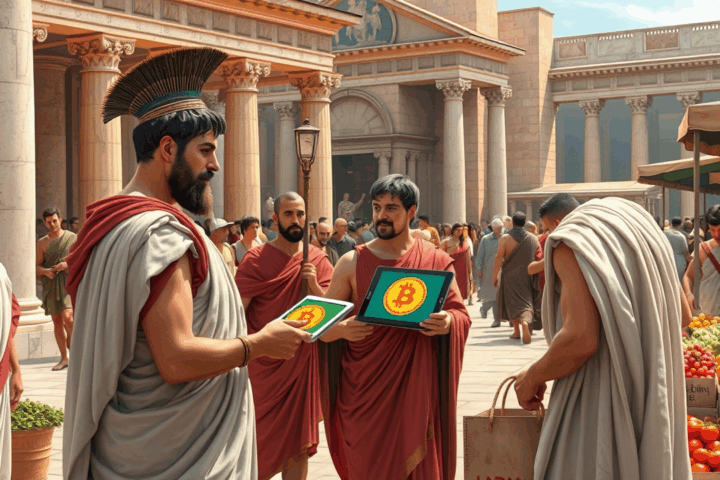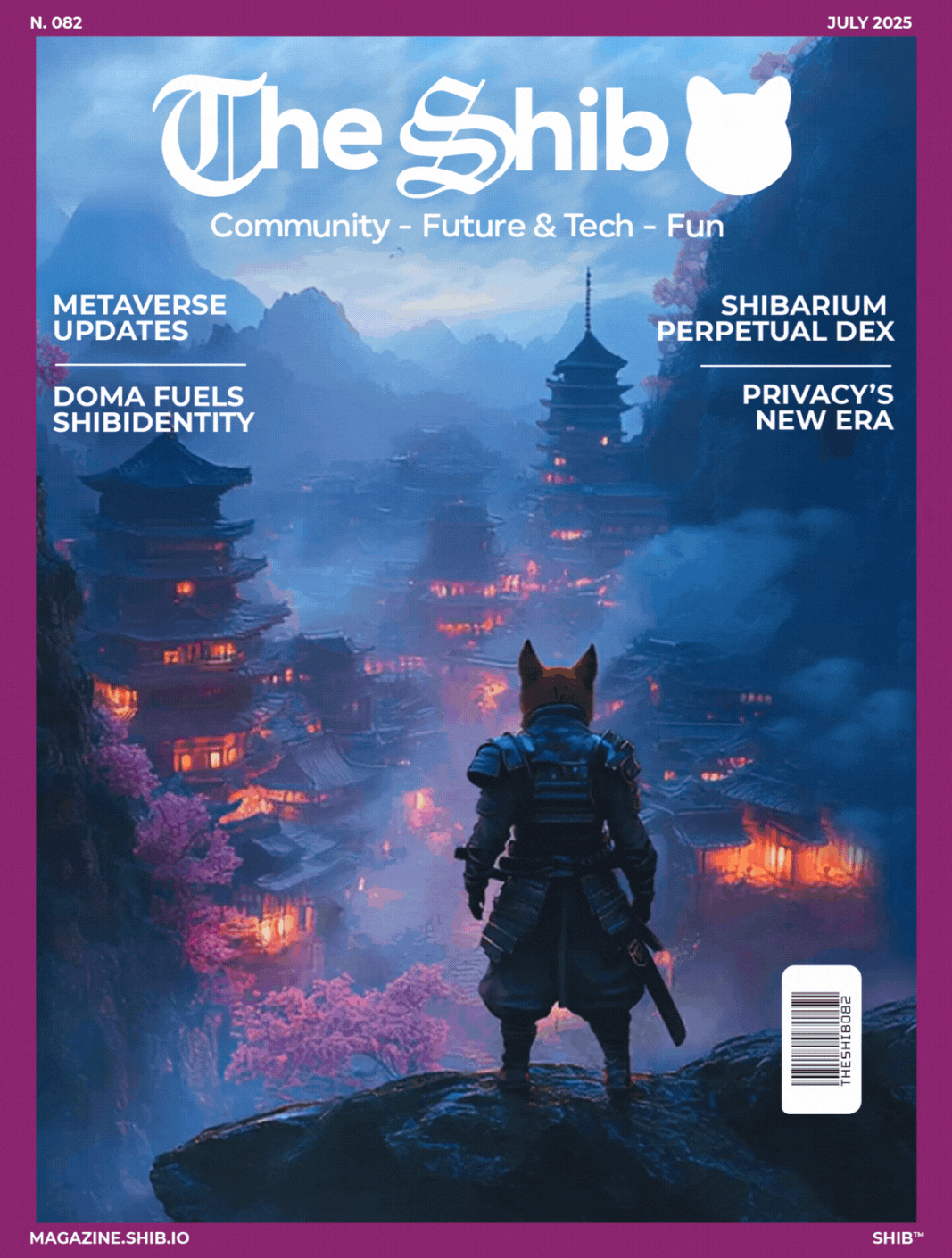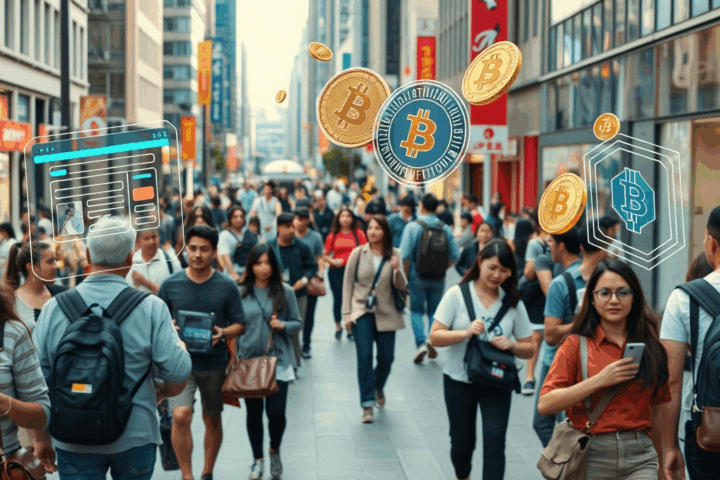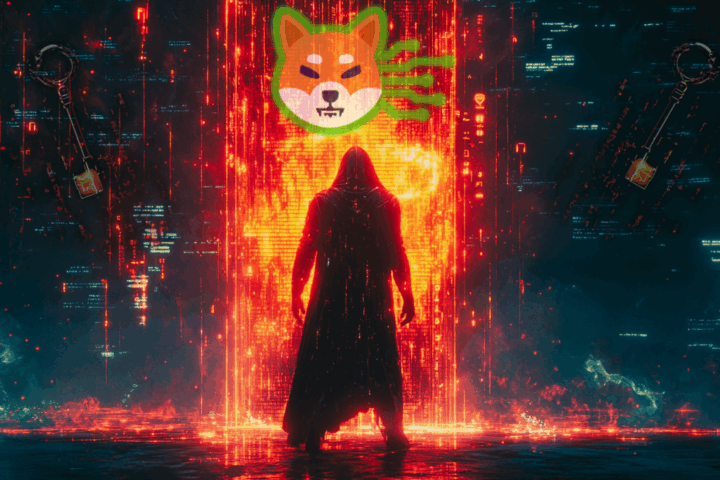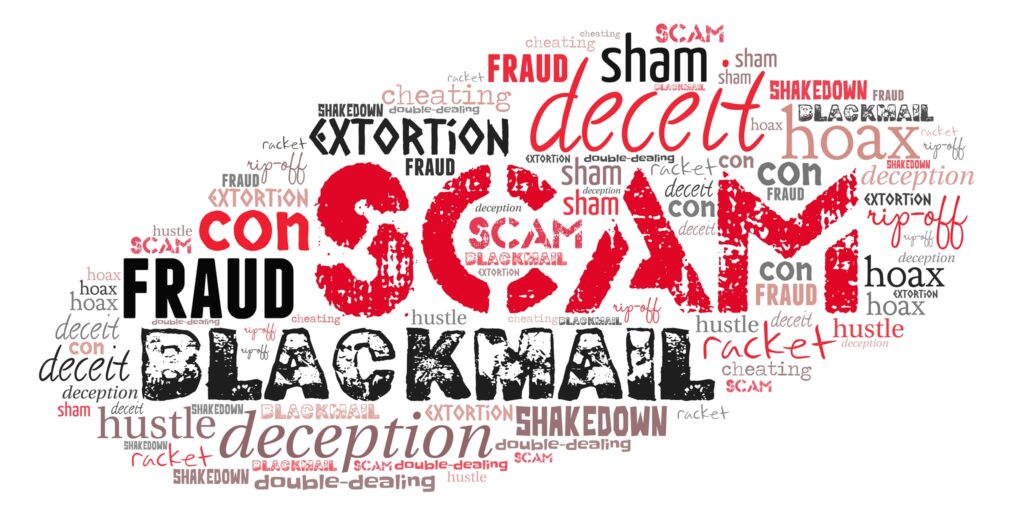Shibarium, Shiba Inu’s layer-2 blockchain, witnessed an extraordinary surge in transaction fees, marking a staggering triple-digit increase of 267% within the past 24 hours. According to the latest data from Shibariumscan, there has been a notable spike in gas commissions paid in BONE, the official gas fee token, with transaction fees soaring from 11.57 BONE to a total of 30.98 BONE. This uptick reflects a burgeoning momentum within the Shib community and underscores Shibarium’s pivotal role as a hub of heightened transactional engagement.
The unprecedented surge in transaction fees on Shibarium likely reflects a confluence of factors within the Shib ecosystem:
Increased Activity: The significant increase in transaction fees suggests a surge in activity within the Shibarium network. This heightened activity could be attributed to various factors such as increased trading volume, decentralized application (dApp) usage, or participation in decentralized finance (DeFi) protocols.
Market Sentiment: Bullish market sentiment or specific market events related to the Shiba Inu token could be driving increased activity on Shibarium. Positive developments or announcements within the community may lead to heightened trading and transactional activity, thereby driving up transaction fees.
Network Congestion: High network congestion can lead to increased transaction fees as users compete to have their transactions processed quickly by miners. If the network experiences a surge in demand for transactions but lacks the capacity to process them all immediately, users may opt to pay higher fees to expedite their transactions.
Shibarium Hard Fork: While it’s possible that the recent surge in transaction fees could be related to Shibarium’s hard fork, it would depend on the specific changes implemented as part of the fork. Hard forks can introduce upgrades or changes to the network protocol, potentially impacting transaction throughput, scalability, or other network parameters. If the hard fork resulted in increased efficiency or functionality, it could have contributed to higher transaction activity and fees. However, without specific details about the changes introduced by the hard fork, it’s challenging to definitively attribute the surge in transaction fees to this event alone.
Shibarium’s remarkable achievement coincides with reports indicating a notable decline in average transaction fees on Ethereum, hitting six-month lows as activity migrates to layer-2 (L2) networks within the Ethereum ecosystem. IntoTheBlock, a data science firm, underscored this shift, stating, “An increasing number of transactions are now being settled on Ethereum Layer 2s. Last month, the three largest L2s hit a record 82% transaction share of all Ethereum transactions.”
This trend finds support in the analysis provided by CryptoQuant, an on-chain and market data analytics provider, which observed, “Since The Merge, Ethereum appeared to be on track with its ‘ultra-sound’ money narrative, showing a slight reduction in the total ETH supply. However, the post-Dencun upgrade challenges this by reducing transaction fees and the ETH burn rate, leading to an increase in supply.”
Read More
- K9 Finance Announces Major Development Update on Shibarium
- Shib Army on Alert After Lead Developer’s Surprise Visit to Original BONE Telegram Account
- Shib Army Alert: Beware of Fake KNINE Token Airdrops Circulating Online
Yona has no crypto positions and does not hold any crypto assets. This article is provided for informational purposes only and should not be construed as financial advice. The Shib Daily is an official media and publication of the Shiba Inu cryptocurrency project. Readers are encouraged to conduct their own research and consult with a qualified financial adviser before making any investment decisions.




